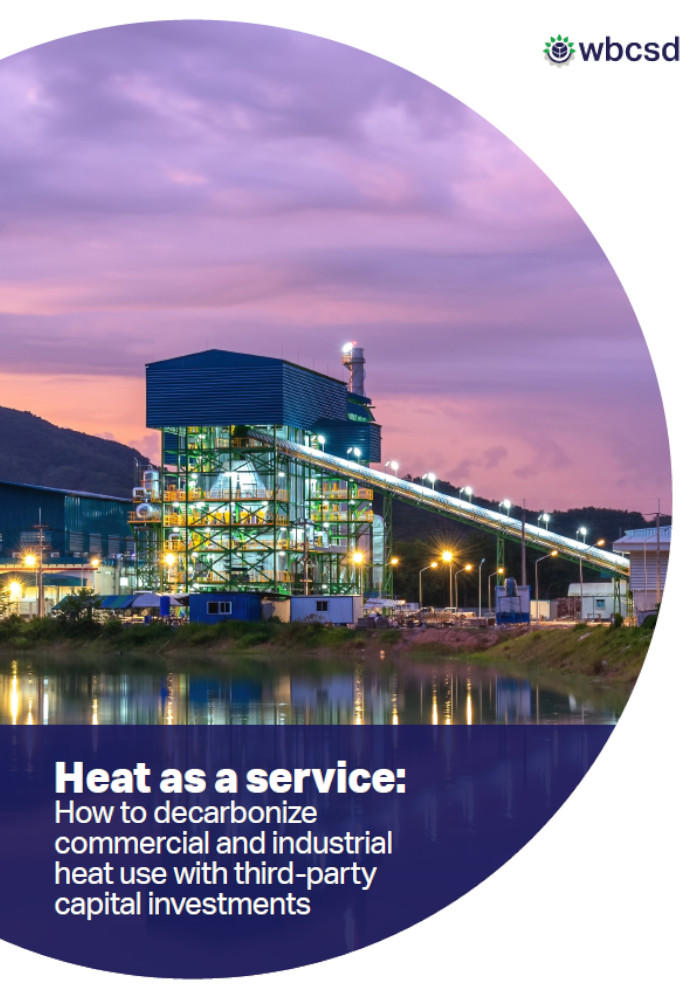
In efforts to reach net-zero emissions by 2050 and combat the climate crisis, many companies have made progress in decarbonizing their electricity use. There has, however, been little focus on decarbonizing heat, even though industrial heat alone accounts for 29% of global final energy demand.
Financial barriers to sourcing sustainable heat are widespread, given many solutions come with significant capital expenditure and sub-par returns on investment. Companies also have competing needs for internal capital. Heat as a Service (HaaS) overcomes these barriers by involving a third party who invests in a low-carbon asset, guarantees its operational performance, and sells the energy generated through a long-term offtake agreement.
HaaS solutions offer a multitude of benefits in addition to decoupling capital expenditure from a company’s decarbonization journey and freeing up investments for core business: Inviting third-party expertise also enables adoption of innovative technologies and optimal operations within the context of rapidly changing energy markets.
Adopting HaaS requires a mindset shift within a company from owning a heat facility to buying the needed heat from a supplier. To ensure these long-term offtake agreements are fully aligned with corporate strategic priorities, buy-in from, and collaboration across, various company stakeholders is key.
We have written this guide for the sustainability, strategy, procurement and operations professionals who are driving the HaaS development process within companies. The guide will provide an introduction to HaaS, outline key commercial considerations, and explain how to efficiently develop HaaS solutions. We encourage companies to investigate how HaaS can accelerate their journey to net-zero emissions and enable HaaS to become the next step to lower-cost, low-carbon heat solutions.

